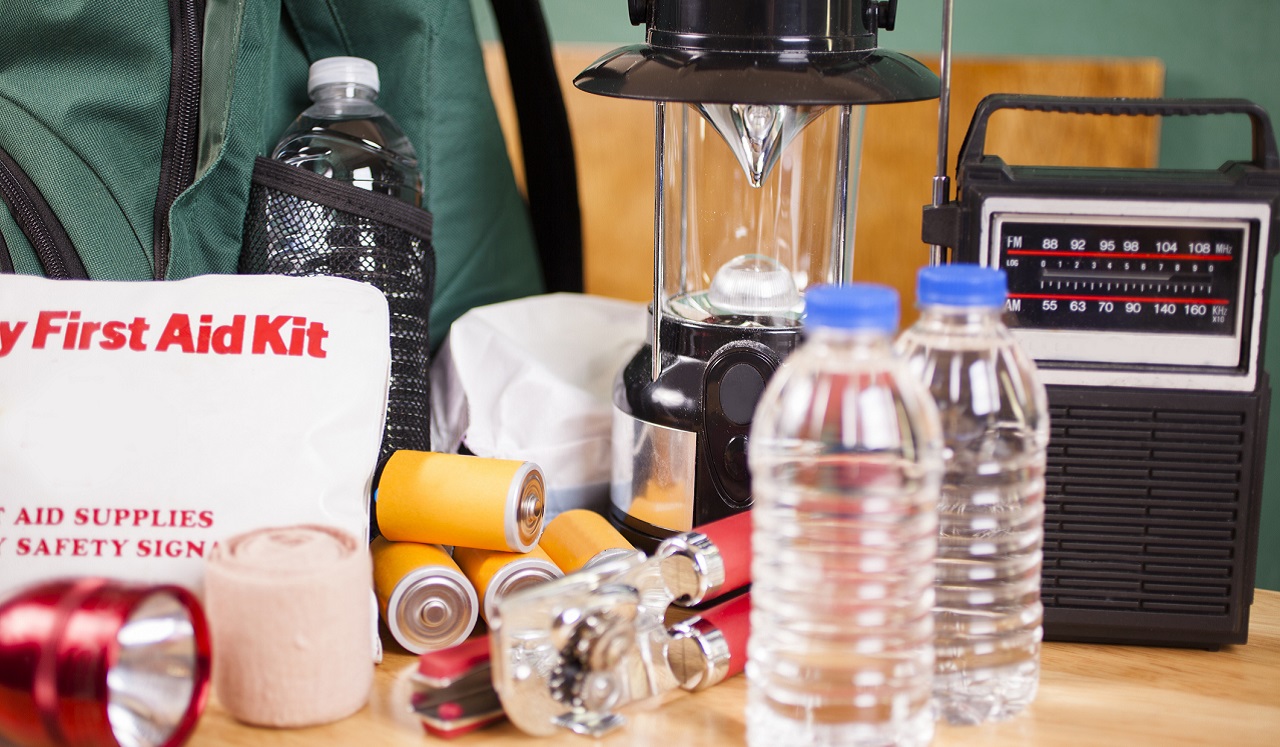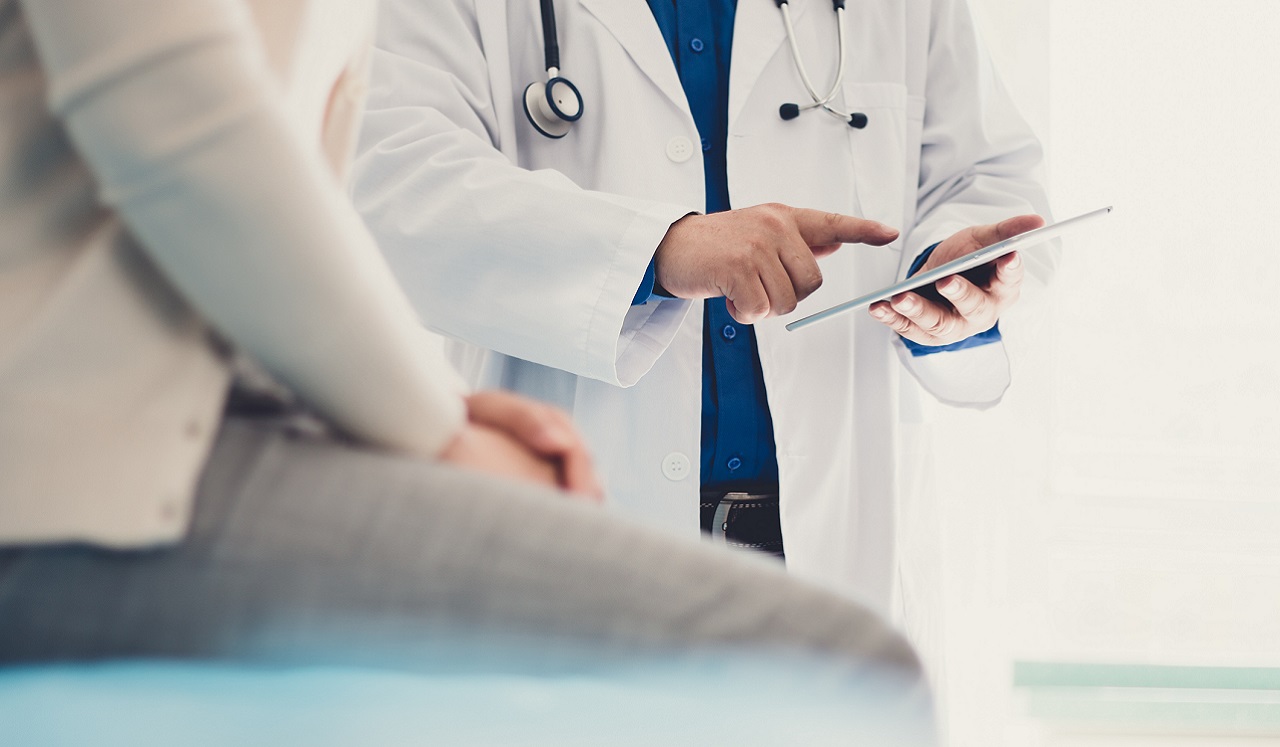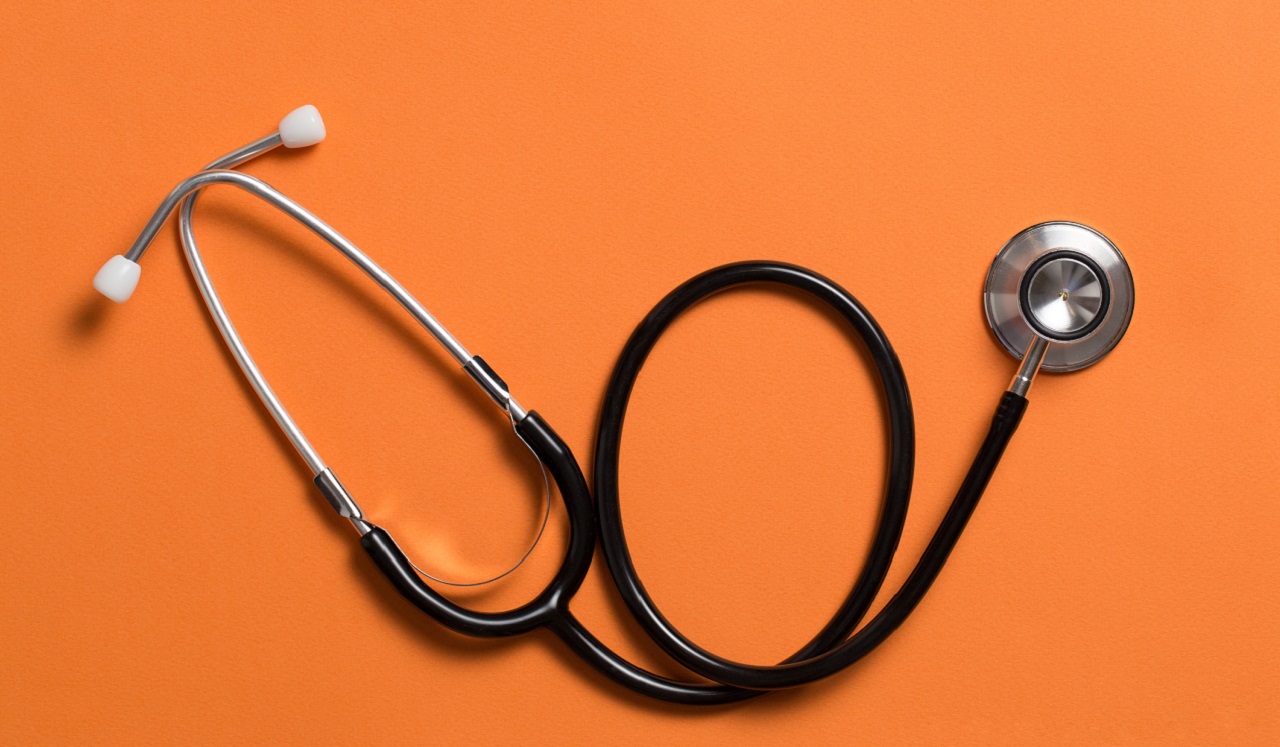August 24, 2020
As if being hard-hit by a global pandemic wasn’t enough for Houston to handle, the National Weather Service predicts a harsh hurricane season through November.
“COVID-19 complicates your needs and the government’s response to hurricanes,” says Noor Alzarka, MD, MPH, CAQSM, Memorial Hermann Medical Group Katy Primary Care & Sports Medicine.
Dr. Alzarka suggests adopting the following measures to help protect you and your family.
Step One. Check in with your doctor.
“Your physician is a good source of information,” Dr. Alzarka says.
He or she can give you insight into your personal medical and dietary needs while on the road or sheltering in place.
These might include amassing 3 months worth of prescription medications, over the counter drugs and medical supplies before you need them.
You also should arm yourself with reserves of devices that help treat your medical conditions:
- EpiPens for allergies.
- Insulin and blood glucose meters for diabetics and women at risk of gestational diabetes.
- Blood pressure cuffs for those with hypertension and women at risk of preeclampsia, a serious complication of pregnancy that spikes blood pressure.
- Those with asthma, emphysema or Chronic Obstructive Pulmonary Disease may need backup inhalers.
- A thermometer or oximeter for revealing early signs of COVID-19.
“Make sure any inhalers or devices are functioning and not out-of-date,” she says.
Step Two. Warn first responders in advance of any family member’s mobility issues.
If someone in your home has a disability or otherwise will be more difficult to rescue, go online in advance to notify the Texas Department of Emergency Management via State of Texas Emergency Assistance Registry (STEAR).
This free resource alerts local emergency planners of your special needs when they preplan response efforts in their community. In a crisis, you can phone 211.
Step Three. Stock up.
Don’t wait for hoarders to empty store shelves—but also don’t join their ranks.
“Given the pandemic, you can gather emergency supplies by mail-order delivery, pharmacy drive-through, home delivery or curbside pickup,” Dr. Alzarka says.
Before disaster strikes, put aside three days of nonperishable food and one gallon of bottled water per person per day for drinking and sanitation.
Buy plentiful paper towels, tissues and toilet paper—and pack some if you might be forced to flee.
Buy broth, tea, non-alcoholic beverages and electrolyte solutions to keep your family members well hydrated. Honey may help to soothe throats, and electrolytes and sports drinks mixed with water can aid in replenishing fluids in those who have fever or are unable to eat.
You should have fire extinguishers in each car and on each floor of your home.
Also, buy a whistle in case you need to signal emergency crews to rescue you.
If you’re likely to stay home, consider buying a sheet of plywood large enough to cover your bathtub. You can take cover from flying debris, including broken glass.
Step Four. Update emergency first-aid kits for both your care and your home.
Whether you’re stuck on the road or at home, keep wearing masks, washing hands with soap and water and maintaining social distancing from anyone beyond your immediate household.
“There are excellent online emergency kit suggestions on the websites of the U.S. Centers for Disease Control and Prevention, Federal Emergency Management Agency and Department of Homeland Security,” she says.
Also have them written down and add them to your smartphone contacts. And download the Red Cross emergency app for your phone.
Dr. Alzarka also says you need to double up on the following:
- Have several days worth of COVID-19 reserves, including enough masks, single-use latex or nitrile rubber gloves, hand sanitizer that’s 60% or higher alcohol, disinfecting wipes and other personal protection equipment for each family member.
- Also have two sets of over-the-counter meds, including fever-reducers, cough suppressants, saline nose spray, bandages and scissors. Remember: children may need different strengths of drugs than adults. And don’t forget Fido: your pets may have their own requirements.
- Have spare glasses, contacts and hearing aids.
- Have an oxygen saturation monitor to measure blood oxygen and heart rate, which can alert you to poor lung function. Also have spare batteries on hand for devices that require them, such as hearing aids.
Step Five. Power up.
“Preplan for electrical outages if you plan on remaining in your home as long as it’s safe,” Dr. Alzarka says.
Count yourself lucky if you have a generator. If a hurricane heads toward Houston, also fully charge your phones, laptops and external battery devices.
Also have flashlights, backup batteries, candles and matches (in waterproof containers).
Step Six. Pack your bag early.
In a rush, you may panic and leave something essential behind, so plan ahead. “It’s difficult to anticipate every situation,” Dr. Alzarka says.
- Pack portable cell phone cords, plugs and portable power banks for each phone or laptop. Also write down vital email and website passwords.
- Don’t forget cash, identification cards and an emergency contacts list of family, friends, neighbors, carpool drivers, health care providers, teachers, employers, the local public health department and other community resources. If you live alone, you might arrange to check in with a friend or relative regularly.
- Store important financial documents in a bank safe deposit box or seal in a waterproof container.
- It seems so obvious, but is so easy to forget: have pads and pens so you can write down family members’ temperature and symptoms, updating daily if they’re ill.
- And you don’t miss them until they’re gone: clean underwear, towels, insect repellent and your favorite pillow. Also consider bringing sleeping bags, plastic cutlery and galoshes or wading boots.
- Add some of your children's favorite toys to comfort them and maintain your sanity.
Step Seven. Be on alert.
Hurricane warnings mean a storm is expected to hit within 36 hours, Dr. Alzarka says. A hurricane watch means the area is at risk of a hurricane for the next 48 hours.
Have a battery-operated radio in case your TV or phones aren’t working.
You can track the path and intensity of a hurricane and when it is predicted to make landfall on the National Weather Service website.
Also check for updates regularly on local news channels and government sites such as City of Houston’s Emergency Operations Center.
To ensure social distancing, local and federal governments may house evacuees in hotels, motels or college dormitories.
Step Eight. Know your evacuation route in advance.
If your home is in an area with a high risk of flooding or your local government may suggest that you flee, go to DHS’s Ready.gov and enter your county or zip code to determine the recommended evacuation route.
“Don’t expect to reach them by phone,” Dr. Alzarka says. “Our first responders are overburdened already.”
The information in this article was accurate as of August 24, 2020.


